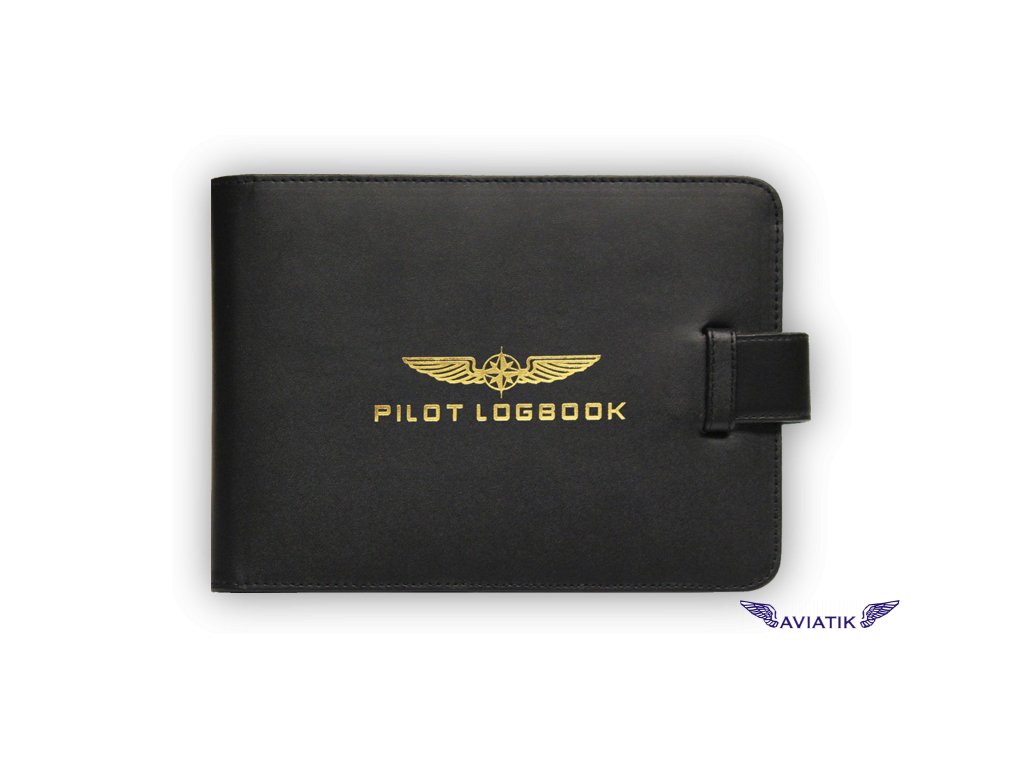


Designating the “wrong” PIC could lead to denial of insurance in case of a mishap. Non-FAA considerations might also play a role in the choice. That means not only certificate level and applicable aircraft ratings but required endorsements and currency too. As with any flight, the designated PIC must meet the qualifications to be PIC. We have a choice, but there are consequences in terms of both safety pilot qualifications and logging the flight time. The FAA has recognized this in a series of Chief Counsel interpretation letters beginning at least as early as the 1993 Hicks Letter. Safety pilot qualifications can be confusing, partly because either the flying pilot or the safety pilot can be the pilot in command (PIC). “No person may operate a civil aircraft in simulated instrument flight unless… he other control seat is occupied by a safety pilot…” Obviously, the safety pilot must have “adequate vision forward and to each side of the aircraft.” Who’s in Command? When RequiredĪ safety pilot acts as the eyes of a pilot flying under the hood-to meet the requirement to see and avoid other aircraft “regardless of whether an operation is conducted under instrument flight rules or visual flight rules.” Section 91.109(c) of Title 14 of the Code of Federal Regulations states the basic rule. Some deal with qualification and responsibility others with logging and the FAA distinction between pilot roles and logging. Many of the rules we’ll discuss have been consistently applied for decades. We can work on proficiency, not just bare legal currency. When VFR, we can include activities we rarely practice, such as partial panel or changing procedures midstream. Regularly getting together with a buddy for some instrument work followed by a social post-flight debriefing can be rewarding.


 0 kommentar(er)
0 kommentar(er)
